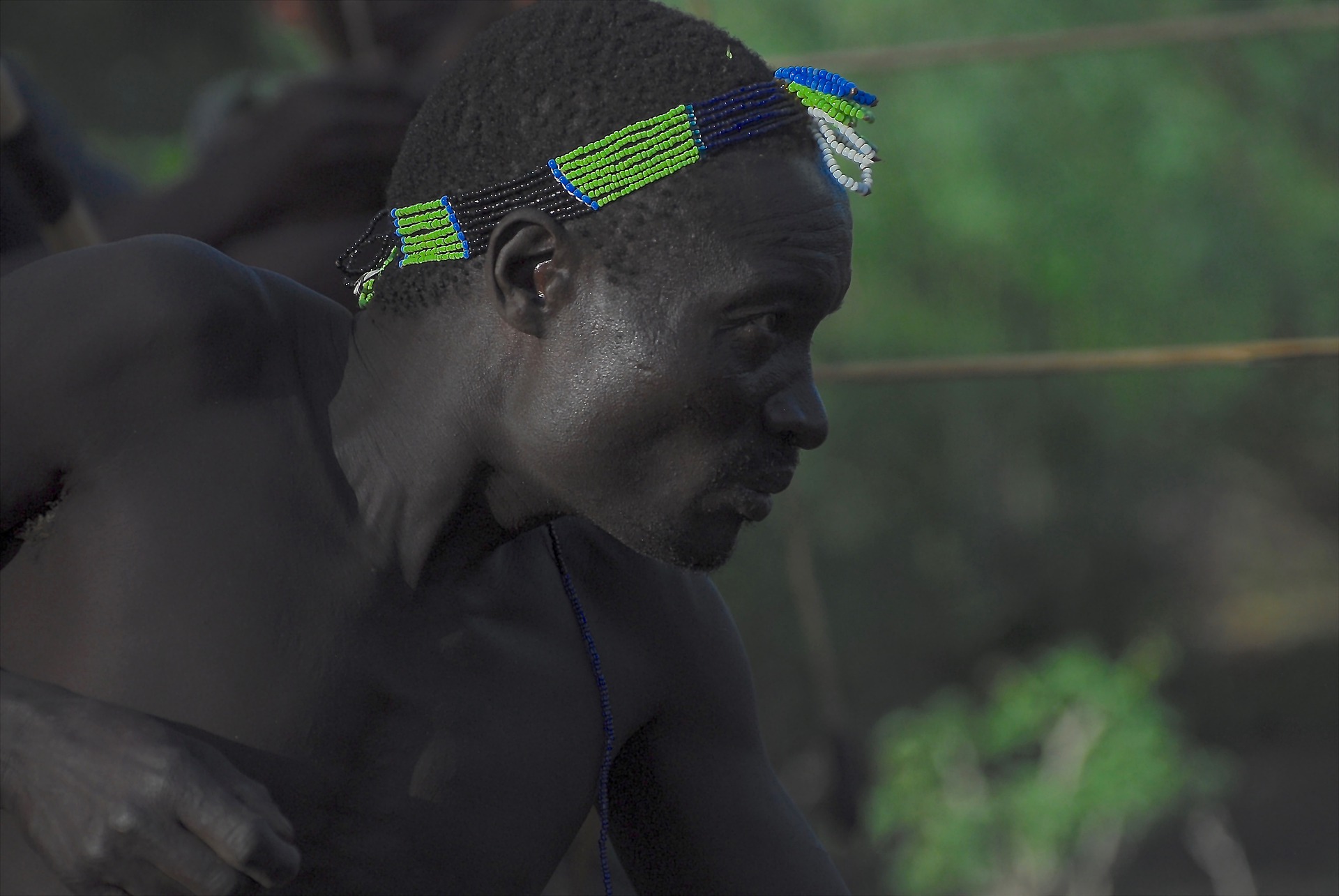
Since the dawn of man, when humankind was born on the savannah of East and Southern Africa, Tanzania has become a home to numerous races and nations. Throughout centuries, all of these people have made an enormous impact on the history of the country. Starting with Bantu settlers and ending with Arabs from Persia and Oman. It was only in 1961 when the Tanzanian people finally took control over their destiny and gained independence.
Have you already booked your flight ticket to Tanzania? Now, you are probably looking for some information on the country and its people to prepare best for your East African adventure. At this stage, you should remember to apply for Tanzania e-Visa. Visit this website: https://tanzanianvisa.com and see how easy it is to obtain an obligatory travel permit without any effort sitting back in your chair at home or whatever place you are!
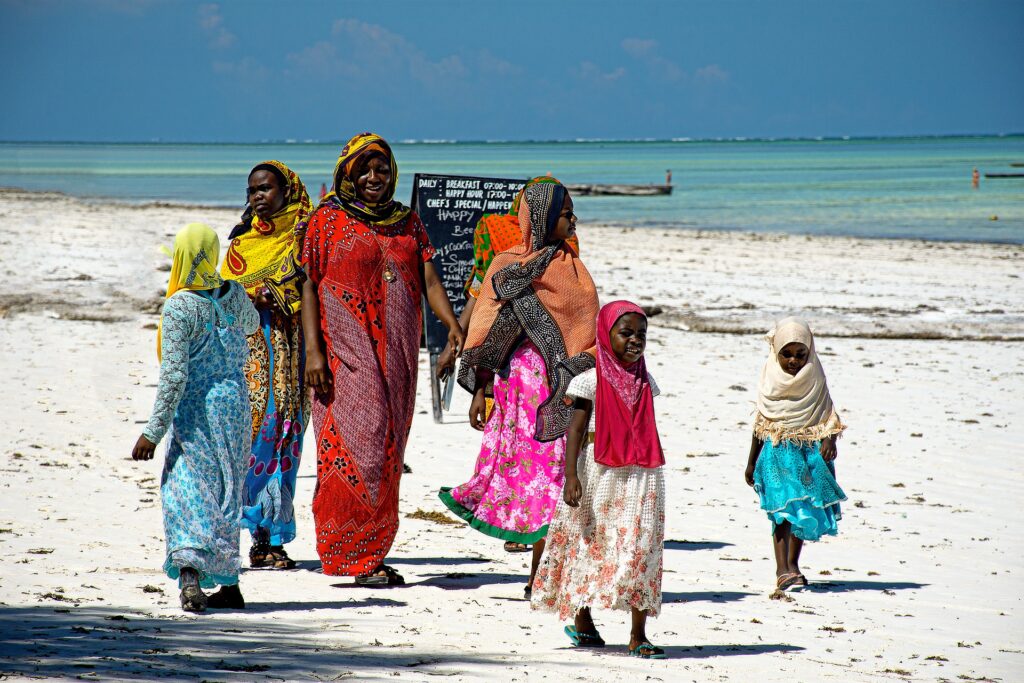
Total population
Table of Contents
Tanzania’s population was estimated to be 34 million in 2009, which ranks as the third-largest on the African continent after Nigeria (168 million) and Ethiopia (74 million). With an average growth rate of 3.2 % per year since 1980, about 60% of its population is below 15. Most Tanzanians live along Lake Victoria’s shores, where they cultivate bananas, maize, and sugarcane. The surrounding hilly areas are dominated by cattle herders, whereas the semi-arid north and northeast are inhabited by various ethnic groups of cultivators and small-scale farmers. Tanzania also has a considerable number of people who have migrated from neighboring countries: over 1 million Burundians, between 600,000 and 800,000 Rwandans, and up to 200,000 Ugandans live in Tanzania. The population density in Tanzania is a staggering 176 inhabitants per square kilometer, whereas the second most populated country – Burundi – has only 45 inhabitants per square kilometer. In terms of land area, Tanzania is twice as large as Turkey and 50% larger than Germany.
Almost all Tanzanians are Christian. Islam is practiced by about 12% of the population. Large numbers of people living around Lake Victoria are also animists.
It is estimated that almost 4 million Tanzanians live abroad, mainly in Europe (particularly in Germany), South Africa, or other countries in the Middle East. They constitute one of the largest African communities outside Africa.
Differently than in other African countries, the majority of the Tanzania people identify themselves as Tanzanians. Such an approach has a reason behind it and reflects the ideals originated and cultivated for over 20 years by a national leader, Julius Nyerere.
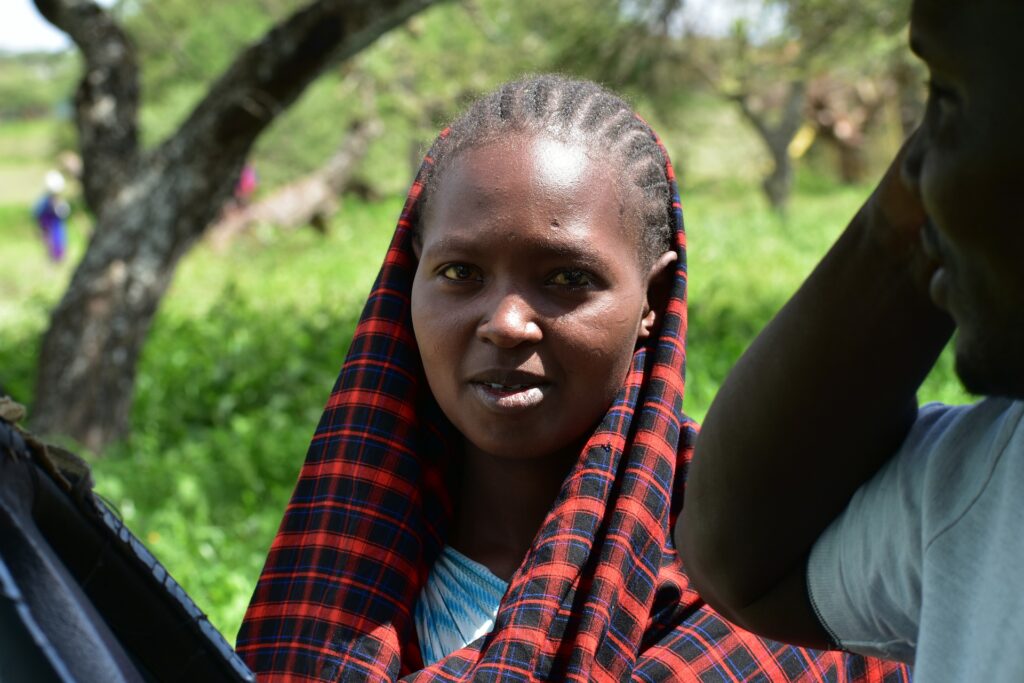
Population in Tanzania – main ethnic groups
Tanzania is famous for its cultural diversity. An impressive number of more than 120 indigenous ethnic groups living there and speaking over 100 different languages confirm that the country isn’t homogenous whatsoever. However, it’s quite unbelievable that so many various people living together, having different customs, habits, beliefs, are able to keep peace and live in harmony.
Main ethnic groups of Tanzania population:
- The Sukuma: a Bantu ethnic group living in the Tabora region of central-western Tanzania. The land occupied by the Sukuma people is situated between two large lakes: Edward and Victoria. Lake Victoria and Lake Tanganyika mostly separate them from other neighboring ethnic groups, except for those who live on the far side of Lake Victoria (the Gogo).
- Nyamwezi: Tanzanian ethnic group covering about 1.5 million of the whole population. The Nyamwezi arrived in Tanzania during the Bantu migration. Tabora ad Shinyanga are two provinces inhabited by them. The language spoken by the Nyamwezi is Kinyamwezi. This ethnic group is prone to other influences, especially western impact.
- Chagga: The Chagga people are diverse of the third largest ethnic group in Tanzania, following the Sukuma and Nyamwezi people. They inhabit Mt Kilimanjaro and its slopes. The Chagga speak Kichagga as their native language. They also have different dialects that depend on where they live or what tribe they belong to, but all these dialects still fall under the umbrella term „Chagga.”
- Haya: The Haya people belong to a Bantu-speaking population that migrated into Tanzania from present-day Kenya between 300-500 AD. They settled around Lake Victoria and Lake Tanganyika, where they encountered other Great Lakes civilizations such as the Maragoli/Amaansi (BAUCHI) on Lake Victoria and the Burunge on Lake Tanganyika.
- Hadza: The Hadza are the indigenous people of northern Tanzania, around Lake Eyasi. The five hundred members of the tribe live in scattered areas over a territory that stretches for 1,000 square kilometers. They have no notion of time, and they move from one place to another as resources become depleted. Their traditional language is the Hadzane, also known as Hadza or Hadiya.
- Maasai: The Maasai population is about 1 million, according to the 2002 Tanzanian census. There has been no recent official census of the group, which remains a mystery due to their disinclination for contact with government officials and outsiders in general. It is believed that there are between 500 000 and 700 000 Maasai people in Tanzania alone; however, it is not known how many of them live on the traditional lands around Mount Kilimanjaro. It is generally accepted that the number may be somewhere less than 20% of those who reside within the present-day boundaries of Tanzania.
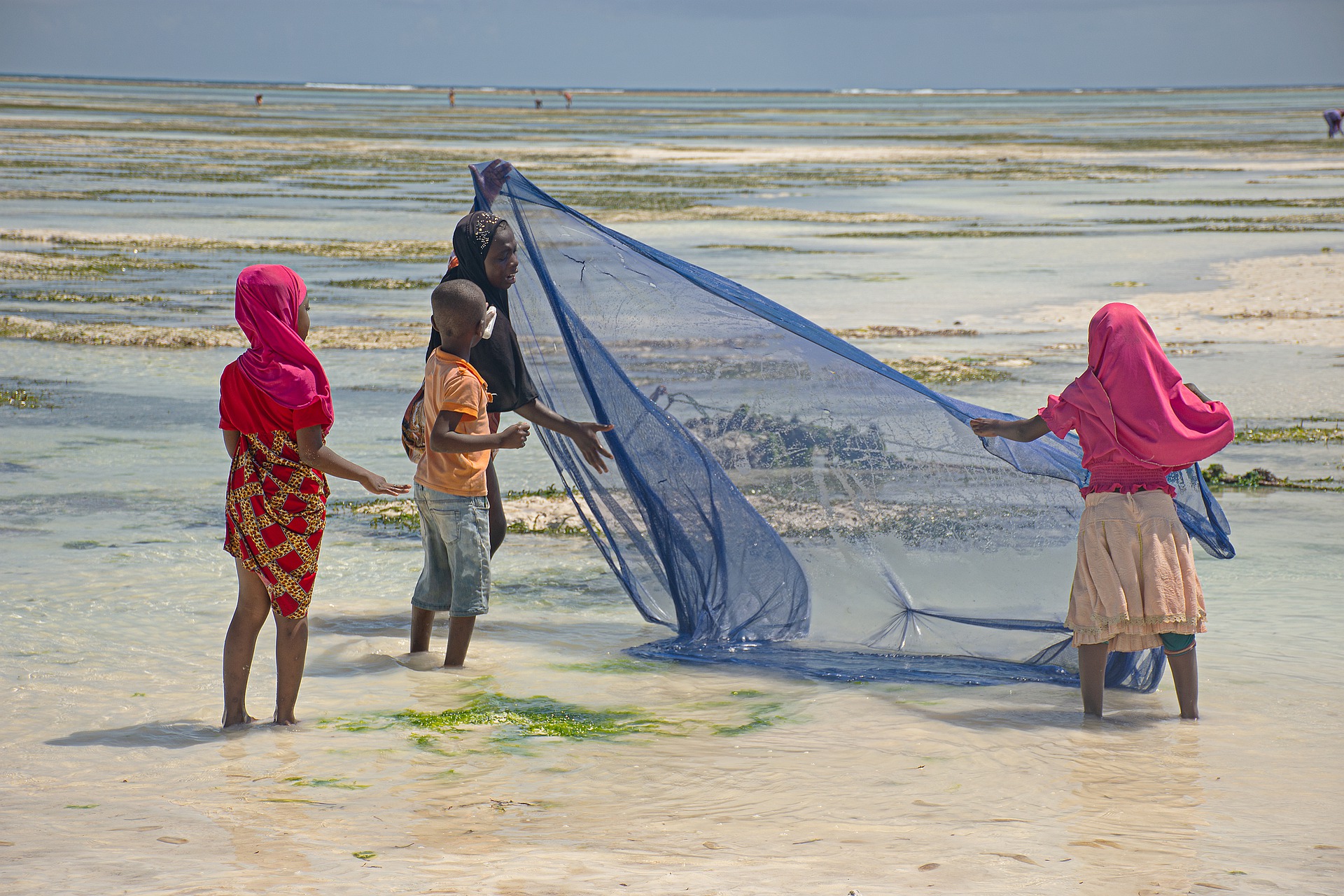
A timeline of major events in Tanzanian culture:
To better understand the diversity and history of shaping the Tanzanian nation, below there is a timeline of cultural events that took place in the country over centuries, starting from the 13th c. and ending in the 21st c.:
–around 1250CE, the Shirazi people who lived on the east coast of Africa (a part of Tanzania) became Muslims.
–the 1800s saw a flourishing of trade between Omani Arabs and African communities in East Africa, including those with Nyerere’s Bantu tribe. They introduced crops such as coffee, cotton, and sisal while exploring mining opportunities for gold in Shinyanga province – this was also when Germans began to colonize parts of Tanzania too which led to an increased modernization and industrialization from 1890 onwards; they were still under German control at WWI when Britain invaded what remained of the Ottoman Empire where young Julius Nyerere would spend his teenage years witnessing first hand the violence involved with colonialism.
–1960s saw independence under Nyerere followed by the first president of Tanzania’s government – also known as the head of state until 1985 when he voluntary resigned after being in power for 24 years (this was also a time where many countries across Africa were gaining their freedom and Tanzania would establish itself on an independent path). He believed strongly that national liberation could only come about through the involvement of a broad cross-section from women and youth to workers and peasants; his goal is to create equality among these groups, which can be seen in his leadership through careful balancing between socialism, capitalism and traditional African lifestyles while consolidating power during this period too.
–1980s saw economic problems leading to widespread famine throughout East Africa and Tanzania, especially also suffering a number of riots against price increases that led to more tensions between villages where people could not meet basic needs.
–1990s saw increasing unrest with the one-party state in Zanzibar Island, leading to violence against civilians in mainland Tanzania. There were demonstrations for fair elections, which would lead to further violence from both sides of the battle – this was when Julius Nyerere stepped down voluntarily as leader after being in power for 24 years (also known as the head of state).
–2000s saw an influx of global tourism across Africa, causing many natural habitats to be damaged or destroyed while workers faced abuse from unscrupulous business owners who sought profit rather than sustainable practices benefiting communities around them.
–2010s saw increasing unrest in the country as people protested for fair elections and demanded constitutional reform, stability from government officials who ruled across mainland Tanzania;
–2015 was when Muhammad ibn Tughrul became President of Zanzibar – he would soon resign in 2016 after being accused of a coup that led to violence against civilians with demonstrations marking 22 years without an election. There have been protests by opposition leaders demanding free and fair elections, which have led to arrests, injuries, or deaths during clashes where police forces are present; this escalated into more tensions between villages where people could not meet basic needs.
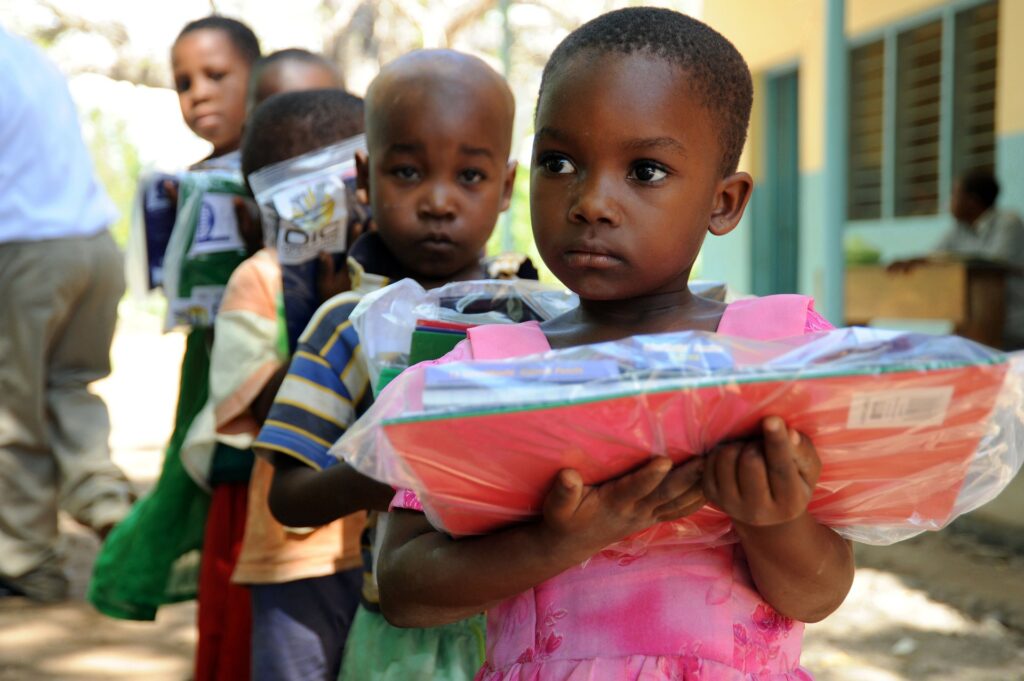
Final Words
No matter if you are traveling to Tanzania to spend all-inclusive holidays in a luxury hotel or experience a wild safari trip, you will probably be given an opportunity to meet some locals on your way. Tanzanian population is one of the most diverse across the globe, making the country one of the most frequently chosen travel destinations.
Book your flight, apply for e-Visa to Tanzania min. 10 business days before your departure, and prepare for your once-in-a-lifetime adventure!
